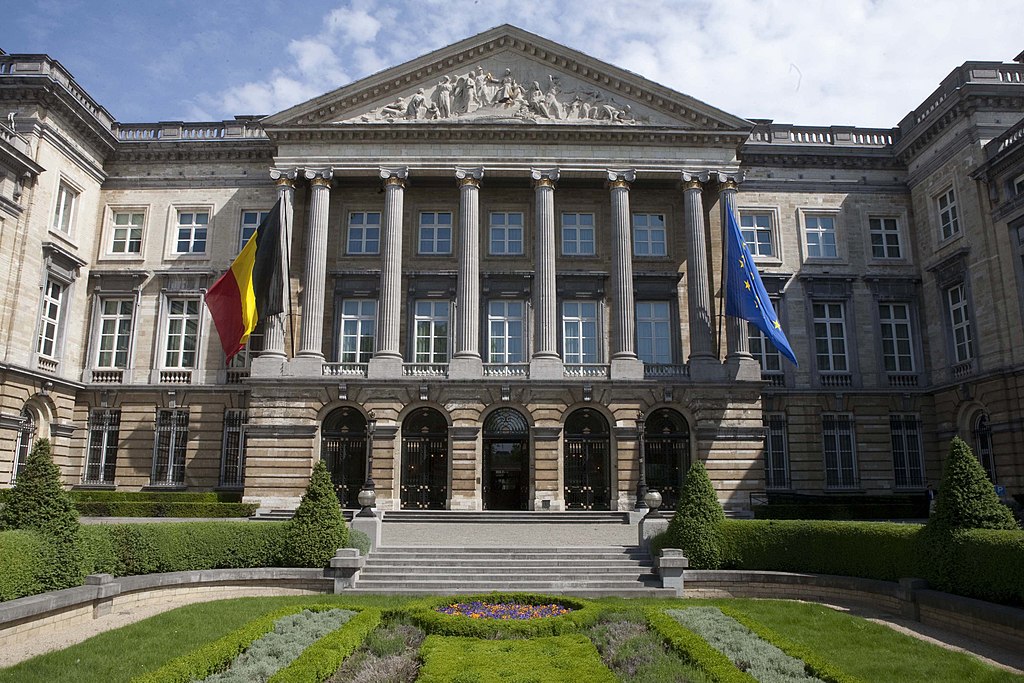Digital inclusion: how is it going in Europe?
Digital inequalities, more often referred to as the “digital divide”, are an obstacle for those who already have difficulties in using them or who do not have access to them. To fill these gaps, public authorities are acting at both national and European level, in conjunction with local authorities. For example, the European directive 2018/1972 creates the notion of “adequate high-speed Internet access service” and gives more rigid criteria for the definition of an Internet connection. This directive is then transposed into the national laws of the Member States, notably through action plans or an equivalent tool.
Here are some examples from four EU countries.

Overview of the Digital Inclusion Kit launched by the French authorities
Source: Mission société numérique (screenshot)
In France, a national plan for digital inclusion
The French state wishes to detect the public in difficulty in order to diagnose their shortcomings in digital terms. This is done by supporting the MOOC proposed by MedNum and the Centre national de la fonction publique territoriale (CNFPT) “on the challenges and good practices of digital mediation in the service of the digital transition of the territories for the agents of local authorities”.
Young people in civic service are also targeted, as the Ligue de l’Enseignement will be mobilised to guarantee the quality of the interventions of these young volunteers. The aim is to raise awareness of digital issues among the target audiences, and also to equip these young volunteers.
The digital agenda for Spain and its four key objectives
Accessibility, literacy, equality, employability. These are the four points on which Spain has decided to focus its digital agenda.
First of all, this plan aims to erase the grey areas of the kingdom. Secondly, the oldest and least qualified people are also targeted in this rise in skills planned by the State. In addition, the Spanish government is seeking to bridge the differences between men and women in terms of access to digital technology. Finally, continuing education is targeted, since the State is seeking to develop the digital skills of everyone throughout their working lives.
To achieve these objectives, Spain aims to guarantee Internet access to its entire population at a speed of at least 100Mb/s. 140 million will be invested to achieve this by 2025.

Two women working on a computer
Source: Gobierno de España

The Palace of the Nation, which hosts the Belgian federal parliament
Source: Wikipedia, Palace of the Nation in Brussels
A Digital Belgium to bridge a digital divide
The Belgian authorities have highlighted the digital divide, which mainly affects certain age groups, the least educated and those on the lowest incomes. These three degrees of digital divide are to be eliminated by several means. For example, the idea is to strengthen cooperation between the regions, the municipalities and the State, while involving all the players to create genuine e-inclusion, including in public services.
Indeed, 10% of Belgian households still do not have access to the Internet. The objective is therefore to guarantee high-speed Internet access for all, particularly in the rural municipalities of Wallonia.
The strategy adopted by Belgium is also to allow as many people as possible to access digital services, whether by making the prices of computer equipment and subscriptions accessible. At the same time, the government wants to give everyone the opportunity to improve their skills, while setting up awareness campaigns to highlight good practices. Nevertheless, since the development of this Digital Belgium plan, the federal government has indicated that it wants to strengthen it rapidly.
In Portugal, an action plan for the digital transition
“Digital empowerment of people, digital transformation of businesses and digitalisation of the State” are at the heart of this plan launched in March 2020 and validated by the Council of Ministers. In this case, the various strategies already in place or developed in Portugal, at local or national level, have been pooled to create a real national synergy. Thus, this plan aims to juggle different sectoral policies to achieve an effective and inclusive digital transition.
Note the Estonian inspiration in this Portuguese plan. An e-Residency programme will enable Portuguese residents living abroad to use an online version of public services. In parallel to this measure, the country of the Carnations wants to create full online access to the 25 most used public services.
Through different approaches, the expected results seem to be the same in these different countries: to bridge the digital divide that exists in our societies. This concerns the oldest groups, the most disadvantaged and those living in rural areas. These three groups are the keystone of the public authorities’ action in this area, since they are the most likely to be in digital insecurity. Between the ambitious targets and the digital divide, however great it may be, national and local authorities will have their work cut out to ensure Internet access for everyone.
Sources:
– Agence nationale de la cohésion des territoires, Plan national pour un numérique inclusif, 2018
– Conseil central de l’Économie / Centrale Raad voor het Bedrijfsleven, Vers une politique d’inclusion numérique en Belgique, 2020
– Ministro da Economia e Transição Digital, Portugal Digital, 2020
– ePortugal, Governo lança plano de ação para a transição digital, 2020
– Ministerio de asuntos económicos y transformación digital, Plan de inclusión digital y empleabilidad, 2014
